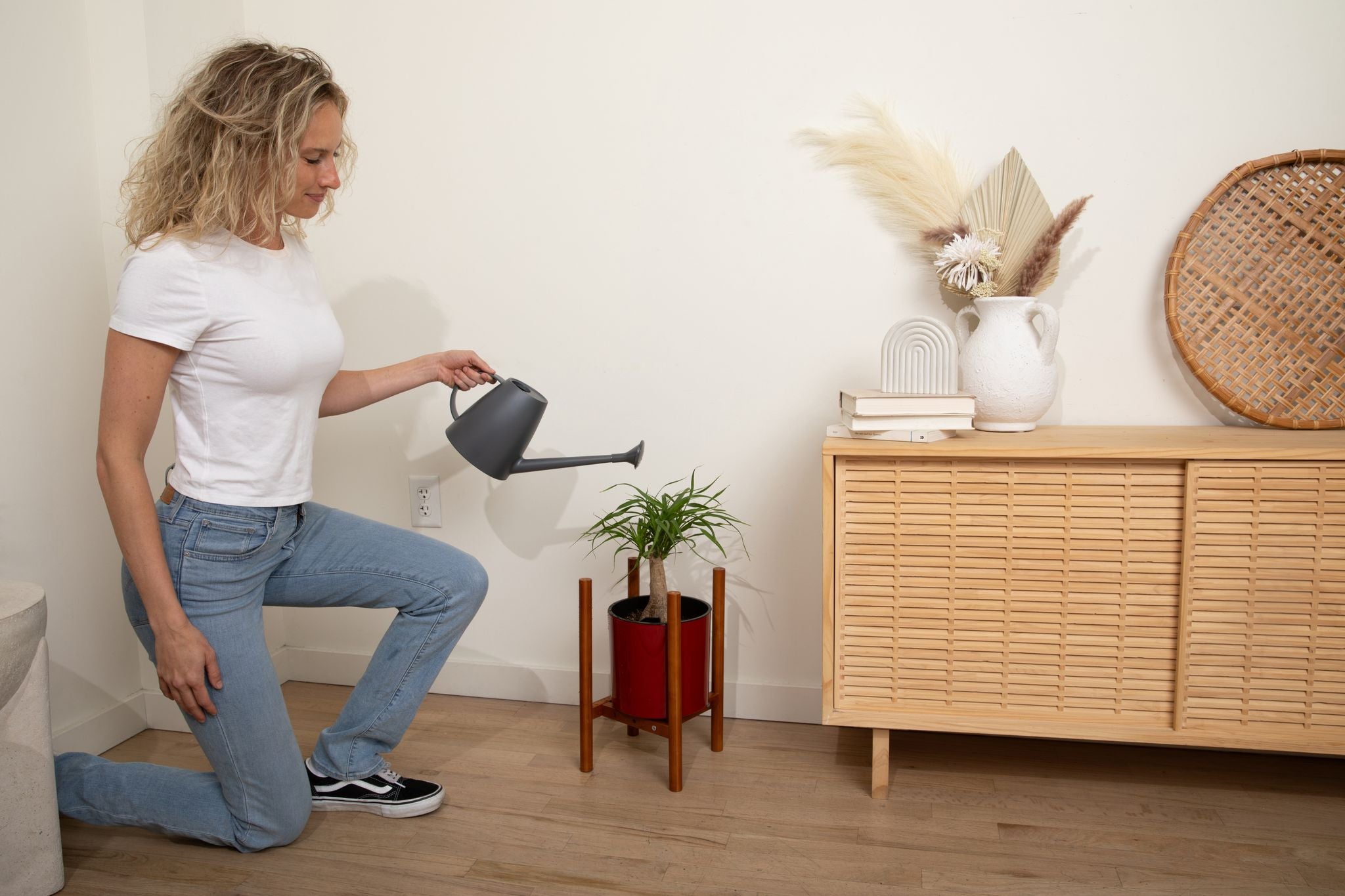Aloe Vera Care for Beginners
Aloe Vera plant
Among the most satisfying plants you can cultivate in your garden or as an indoor houseplant is Aloe barbadensis, known commonly as Aloe Vera. This versatile succulent not only adds beauty to any location, it is also edible and has healing as well as cosmetic properties.
Aloe Vera is a simple plant to care for. While this hearty succulent typically grows more vigorously outdoors during spring and summer months, particularly in U.S. Zones 10-12, it can also thrive in a good pot indoors. Indirect sunlight is best, and Aloe craves lots of it! In northern zones with harsh winters, plants should be brought indoors to protect them from frost and freezing temperatures. In areas with abundant rainfall, the plants must be provided with a soil that drains efficiently to prevent root rot.
What is the Best Soil to Grow Aloe Vera?
The first consideration to keep in mind to make sure your Aloe Vera is happy in its new home is to provide the perfect soil with ample drainage. A good pre-mixed formula is our Aloe Vera Imperial Succulent Mix. This mix is ideal for the Aloe Vera as well as other succulents, thanks to a combination of Monterey bark from New Zealand, perlite, and turface that provide much-needed drainage for succulents.
Potting and Repotting Your Aloe Vera
Next, make sure you use a good pot. A pot that provides good drainage, such as an orchid pot, is an excellent choice as these help to prevent root rot, a common malady among succulents.
Start with a small 4-inch or 5-inch pot, as the Aloe Vera does well in small pots that drain efficiently. Typically, ceramic pots retain more moisture than plastic pots, so if you choose a ceramic pot, go for one with plenty of drainage holes to provide maximum drainage and prevent excessive moisture buildup and the potential for root rot. Check out our selection of decorative and efficient pots in a variety of shapes and sizes.
Your Aloe Vera plant will need to be repotted once the plant becomes too top-heavy or has spawned too many pups, or once the potting mix has degraded and broken down. The plant can actually withstand being root-bound with its roots growing in tangled circles, as long as you remove baby plantlets to prevent them from sucking the life from the parent plant, but it is essential to provide fresh soil periodically to replenish the nutrients that have been lost from the original potting mix.
Watering Your Aloe Vera
The biggest mistake most people make when caring for Aloe Vera is overwatering. Aloes prefer dry soil conditions, and should be watered sparingly, particularly in winter when sunlight becomes scarcer. Watering about once a week should be sufficient in warmer months, and about once every two weeks in winter. For best results, let the soil at the base of the plant become dry and crumbly before watering.
Propagation of Aloe Vera
Aloe Vera plants are very easy to propagate, as they naturally produce plantlets or “pups” that you can gently remove to create an entirely new plant.
Each plantlet will develop its own root system. Wait until the pups become at least 2-3 inches tall to remove them, and when doing so, make sure you remove the new root system with each pup, being very careful not to damage the roots of the parent plant. Plant each pup in a small pot and water it lightly, then let the soil drain completely before watering it again.
When given little room for roots to spread, the plant will typically produce new shoots more frequently. If the parent plant begins to appear dull and weak due to supporting too many new plantlets, it may be time to move the parent to a bigger pot, while also repotting the new pups.
Keeping Your Aloe Vera Healthy
The health of the Aloe Vera plant may be assessed by looking at its leaves, which, when healthy, should be a vibrant green and may display occasional yellow spots. The Aloe leaf should be plump, feel firm to the touch, and leaves should display upward growth, as opposed to growing horizontally or downward.
Snails and slugs may attack your Aloe Vera if grown outdoors. To protect your plants from these pests, Sluggo is an excellent treatment. If you want to see your Aloe Vera thrive and grow vigorously, consider feeding it once or twice a month with a nutrient-rich fertilizer such as FEED ME! MSU to encourage potent growth and propagation. To keep the leaves of your Aloe plant clean and vibrant, try WASH ME! Natural Leaf Cleaner, a safe and gentle solution for cleaning plant leaves that removes hard water residue, spots, dust, dirt, mildew, and mold.
While too much direct sunlight may burn the leaves of your Aloe Vera, the leaves will become flat and dull if the Aloe receives insufficient light. If the leaves appear thin and curled, it is a sign that the plant is exhausting its supply of moisture and needs more frequent watering or fertilizer. Once the roots become curled and tangled, or the plant sprouts too many pups that leave the parent undernourished, it may be time to move the plant to a bigger pot.

